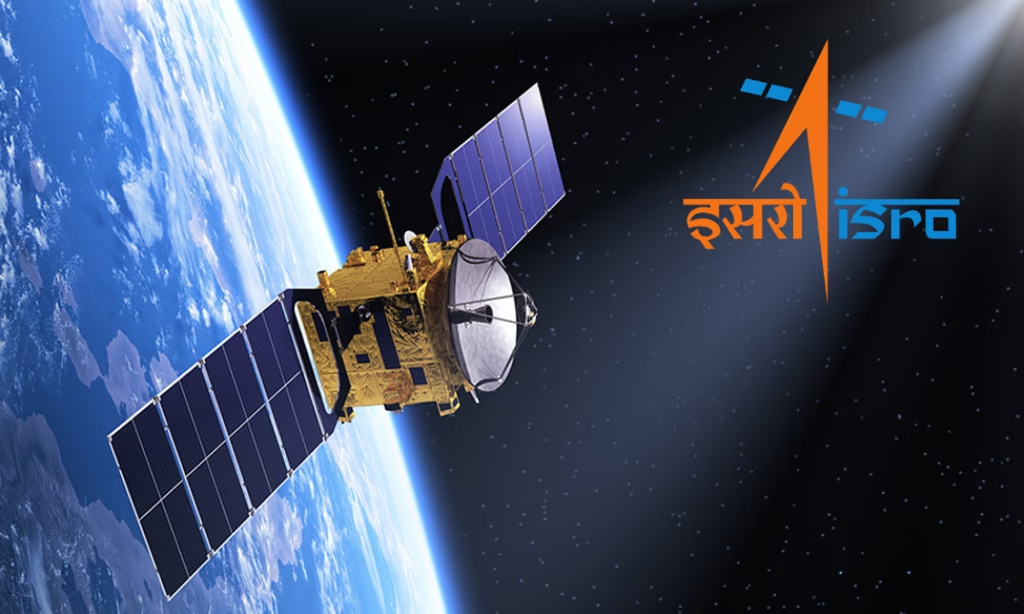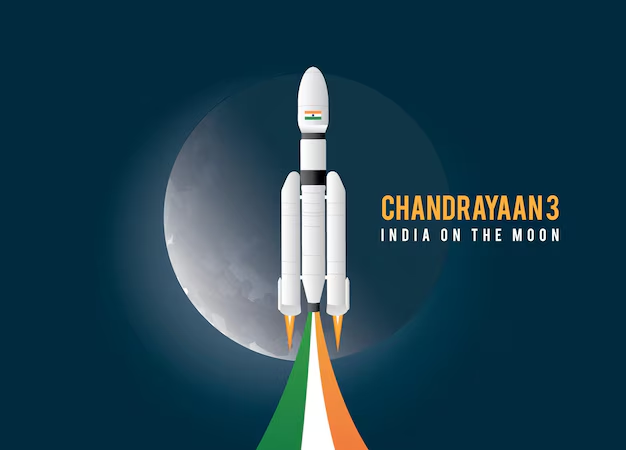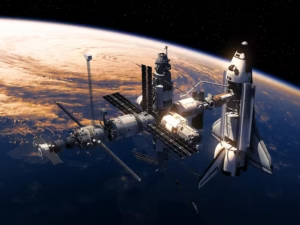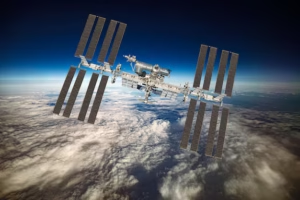ISRO: India’s Space Agency- History & Ambitious Missions

The Indian Space Research Organisation (ISRO) stands as a symbol of visionary innovation, scientific ambition, and economical engineering. Since its founding in the 1960s, ISRO has transformed India’s presence in space, achieving milestones on Earth, the Moon, Mars, the Sun, and beyond. This article explores ISRO’s journey—from its early days to its future horizons—highlighting history, key missions, significance, and future plans.
Early History & Founding Vision (1960s–1970s)
- Origins in Visionary Leadership: In 1962, under Prime Minister Jawaharlal Nehru’s direction, physicist Vikram Sarabhai established the Indian National Committee for Space Research (INCOSPAR), laying the groundwork for ISRO.
- First Launches: India’s first sounding rockets were launched from Thumba in 1963. On April 19, 1975, the Aryabhata satellite—India’s first—was launched by the Soviet Union.
- First Domestic Orbit: On July 18, 1980, the indigenous SLV‑3 rocket successfully placed the Rohini satellite into Earth orbit, marking India’s first domestically launched satellite.
Building Capacity: INSAT & IRS Programs
- IRS (Indian Remote Sensing): Beginning in March 1988 with IRS‑1A, ISRO created a fleet of Earth‑observation satellites dedicated to agriculture, forestry, and disaster monitoring.
- INSAT (Indian National Satellite): Starting in 1988, the INSAT series supported telecommunications, weather forecasting, broadcasting, and disaster warning services through geostationary communication satellites.
https://sypertimes.com/international-space-station-humanitys-home-in-orbit/
Mastering Launch Technology: PSLV & GSLV
- PSLV (Polar Satellite Launch Vehicle): Since its first successful flight in 1994, the PSLV has become ISRO’s most reliable and cost‑effective rocket—launching hundreds of satellites into polar or Sun‑synchronous orbits. It was used for Chandrayaan‑1, Mangalyaan, and many commercial launches.
- GSLV and LVM3: Designed for heavier payloads into geostationary orbit, ISRO developed the GSLV series, culminating in the powerful LVM3 (also called GSLV Mk III). These launch vehicles enabled India to deploy GSAT series satellites and missions like Chandrayaan‑2/3.
Landmark Missions & Global Recognition
Chandrayaan-1 (2008)
Launched aboard PSLV-XL in October 2008, Chandrayaan‑1 carried an impactor and orbiter. It discovered evidence of water molecules on the Moon—a breakthrough in planetary science.
Mars Orbiter Mission (MOM, Mangalyaan – 2013)
Launched in November 2013 and reaching Mars orbit in September 2014, this mission made ISRO the first agency to reach Mars on its maiden attempt. With a budget of about USD 74 million, it stands as one of the most economical interplanetary missions ever executed.
Chandrayaan‑2 (2019)
Built on Chandrayaan‑1’s legacy, it comprised an orbiter, lander (Vikram), and rover (Pragyan). While the orbiter continues delivering data, the lander had a hard landing during descent. Valuable lessons guided future success.
Chandrayaan‑3 (2023)
Launched in July 2023 via LVM3, the mission achieved a historic soft landing near the lunar south pole on August 23. India became the fourth country globally—and the first to land in that region—and deployed the Pragyan rover, discovering sulfur using LIBS technology. The mission garnered multiple international awards and global recognition.
Aditya-L1 (2023–2024)
India’s first solar observatory, launched on September 2, 2023, and placed at the Sun–Earth L1 Lagrange point in January 2024. It studies solar activities, magnetic storms, and their effects on Earth with seven payloads—spanning imaging and in‑situ measurements.
SpaDeX Docking Mission (2024–2025)
A demonstration of autonomous in‑orbit rendezvous and docking between two satellites launched in December 2024. By early 2025, India became only the fourth nation (after USA, Russia, China) to master space docking—a key capability for future space infrastructure.

Strategic National Projects
- NavIC / IRNSS (2014–present): India’s regional satellite navigation system launched to ensure self-reliance in positioning and timing services, especially during emergencies—even when GPS may be restricted.
- SSLV (Small Satellite Launch Vehicle): Designed to launch small satellites quickly and cost‑effectively. The first flight failed in 2022, but subsequent launches in 2023 and 2024 succeeded.
- Mission Shakti (2019): An anti-satellite test validating India’s ability to intercept space objects—a major strategic and defense landmark.
Human Spaceflight & Space Station Plans
- Gaganyaan Program: Approved and expanded in 2024, the human spaceflight initiative aims to carry Indian astronauts into orbit using crewed modules and support unmanned missions. Estimated budget is over ₹12,400 crore, with goals extending into late 2028 for module testing and long-duration missions.
- India’s Space Station (Bharatiya Antariksh Station): Plans approved to launch the first module by 2028, building future infrastructure for microgravity research and long-duration crewed missions. A national space station is targeted between 2035 and 2040.
- Recent Human Milestone: In mid‑2025, Group Captain Shubhanshu Shukla became the first Indian aboard the International Space Station for 18 days, conducting seven scientific experiments for ISRO during NASA/Axiom’s Ax‑4 mission—a stepping stone for Gaganyaan.
Significance & Global Impact
- Cost‑Efficiency & Accessibility: ISRO is celebrated globally for achieving complex missions within limited budgets—Mangalyaan being a prime example.
- Technological Independence: Development of indigenous cryogenic engines, Vikas/Vikram engines, NavIC, SSLV, and docking tech reflects India’s drive toward space sovereignty
- International Collaboration: ISRO has launched hundreds of satellites for over 35 countries; the upcoming NASA–ISRO NISAR Earth observation mission will deliver open-access data for climate and hazard management.
- Scientific Contribution: Missions have yielded lunar water discoveries, atmospheric and surface data from Mars, solar events from L1, and advanced Earth monitoring via RISAT SAR.
- National Development: ISRO’s satellite services support telecommunication, weather forecasting, disaster alerts, agriculture planning, and navigation, directly impacting millions.
Future Missions & Vision
- Chandrayaan‑4: A lunar sample‑return mission, approved in 2024.
- Mangalyaan‑2: A Mars lander mission approved around early 2025.
- Advanced Rocketry: Continued development of semi‑cryogenic engines (SCE‑200) and reusable launch vehicle technologies like scramjet‑powered AVATAR demonstrators
- Strengthening Global Leadership: Building on achievements and international collaborations, ISRO aims to expand its scientific research, space infrastructure, and private‐sector partnerships through IN‑SPACe and NSIL platforms.
Conclusion
From launching a humble satellite in the 1970s, India’s ISRO has evolved into a global space leader, achieving remarkable successes in lunar, solar, Martian, and Earth observation missions. With cost-effective innovation and a clear national vision, ISRO continues to push boundaries—preparing for a human presence in space, building a national space station, and partnering internationally for Earth-science missions. As India targets Chandrayaan‑4, Gaganyaan launches, and Mars experiments in the coming years, ISRO’s legacy of “space dreams on a shoestring” remains undiminished, inspiring millions at home and abroad.



